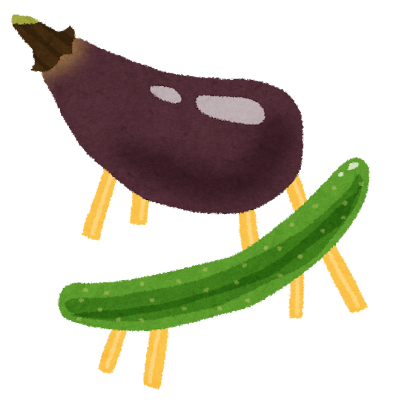Hello! It is the blog: How Unique Japan! How are you, everybody?
For this page, we would like to write about one unique Japanese event (season).
It was named Obon season from August 13 to 16 every year.
It seems like Día de Muertos (All Souls’ Day) in Mexico. So, during that season, we Japanese pay respect to the deceased close to us, for example, friends, relatives, and our beloved family, because we believe that they would come back from heaven and stay with us for about four days.
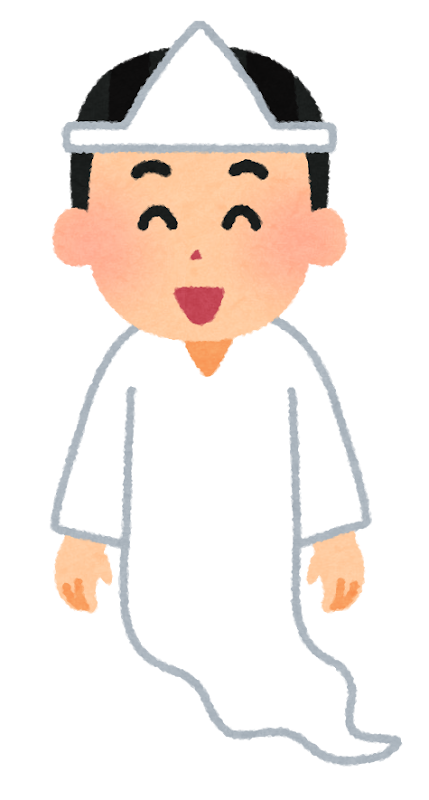
See more details.
The history of Obon
The idea is originally from Buddhism in Japan. There is a word “U ra bo n e” (please read it with Roman letters) in the scripture, meaning respect for the dead we loved. As time passed, the word became Obon.
Do you remember? The Japanese usually idolize spiritual things. Shinto, one of the original religions, is a good example. (If you don’t know, please check it.)
Thus, the ancient Japanese emperor Suiko (tenno) treated the idea of Urabone as an official event.
It was about 606 AD. Indeed, it has a long history.
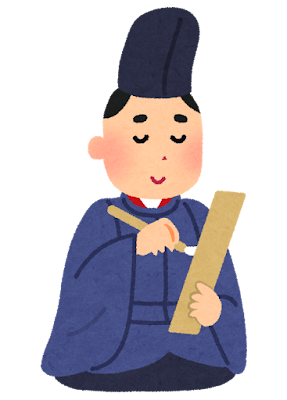
What do we do for this event?
At the start and end of the event, we fire some dried stems of the heap, called Ogara, to celebrate/welcome the deceased coming back.
(On the other hand, we also fire them for farewell).
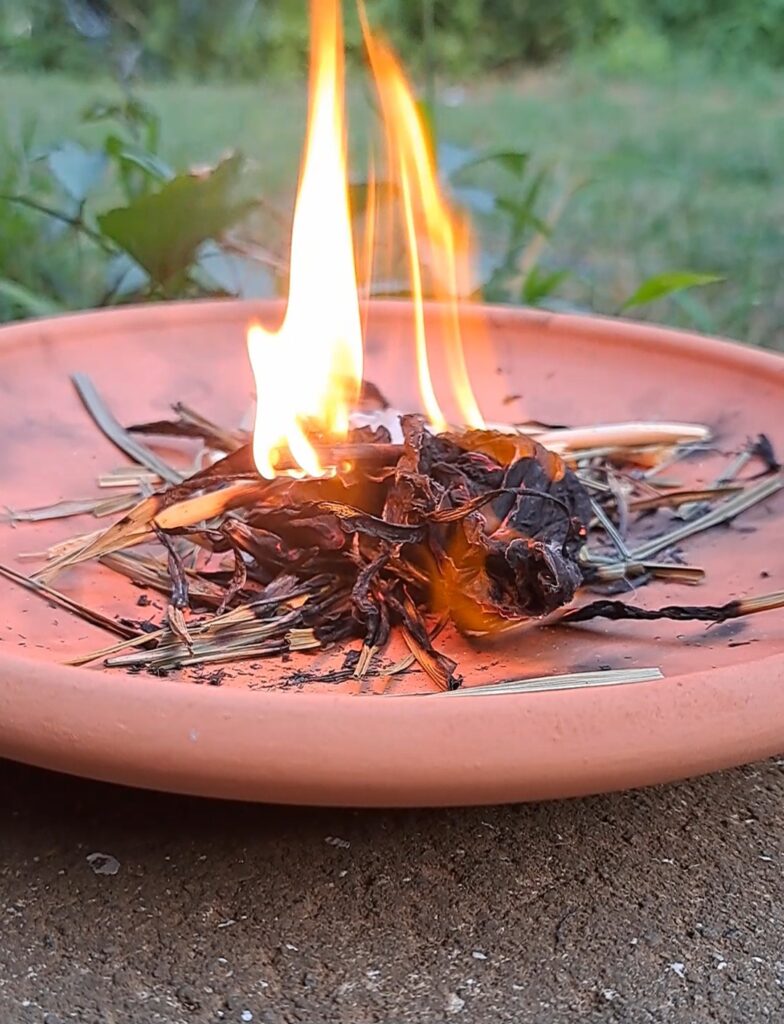
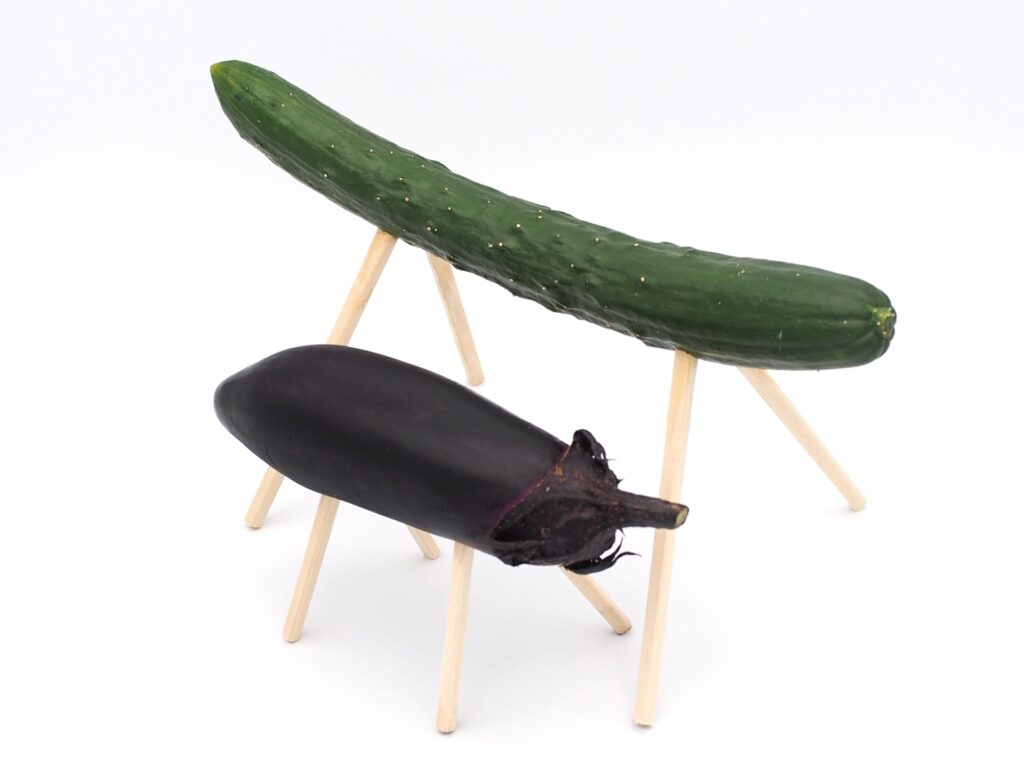
Interestingly, each prefecture in Japan (48th) has a unique rule or habit for doing it. Sometimes, it is preparing one more meal or offering rice.
However, making two dolls of a horse and a cow and setting them in the entrance during the season is a popular habit for all Japanese.
As you can see, they are vegetables, cucumbers, and eggplants.
Why do we use these vegetables?
It is unclear why we use them as hoses (cucumber) and cows (eggplant). At least, there is one theory that both are vegetables in summertime. Thus, it was easy for the old Japanese to consume them.
OK. Why are the animals a horse and a cow?
It expresses the transportation between the dead and the living side.
In detail, we (from the mortal side) hope the past lovers will come quickly with a hose.
When it is time to leave, we shall set them on the cow because they are slow and comfort
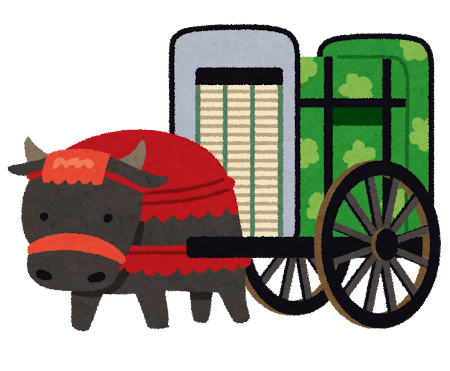
It sounds like an activity.
One more event in Obon season
We Japanese can not talk about the season without one more feature. It is Bon Odori (Bon dance).
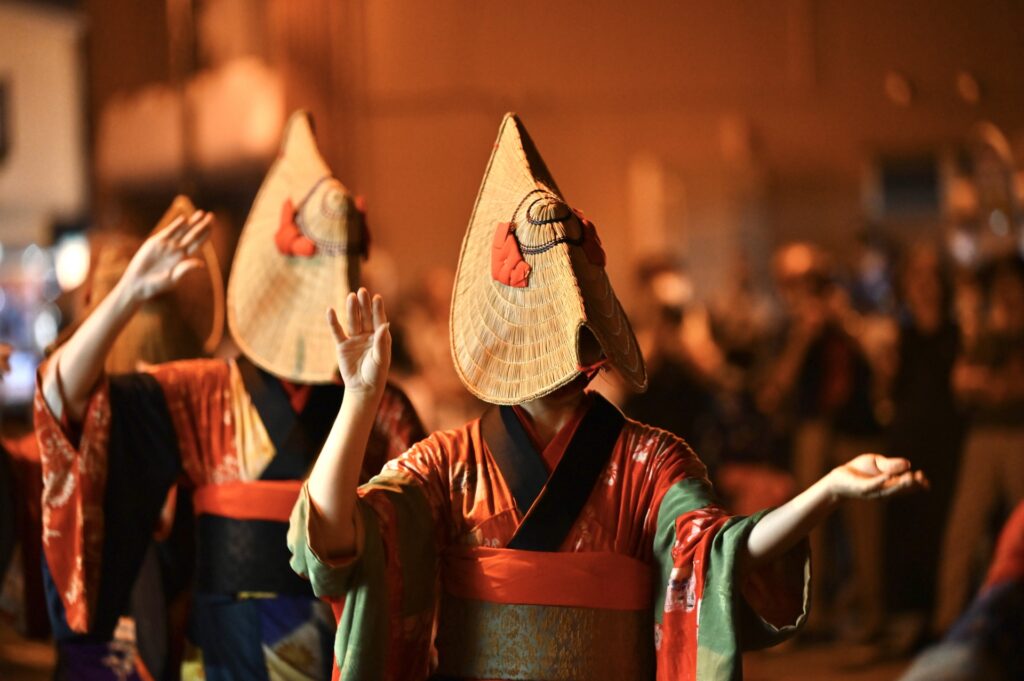
You might have already seen it due to its fame. Every summer, Japan has many festivals. Additionally, many customers do the Bon dance as the primary part. (Some of them do not have.)
Indeed. The dance shall have a meaning that is concerned with the deceased.
The activity is a welcome party for them (past people).
When it was born, the dance was a sacred ritual in Buddhism. It is the Heian era (794 – 1185 AD).
After the Kamakura era (1180 – 1336 AD), the dance gradually became a main attraction at summer festivals.
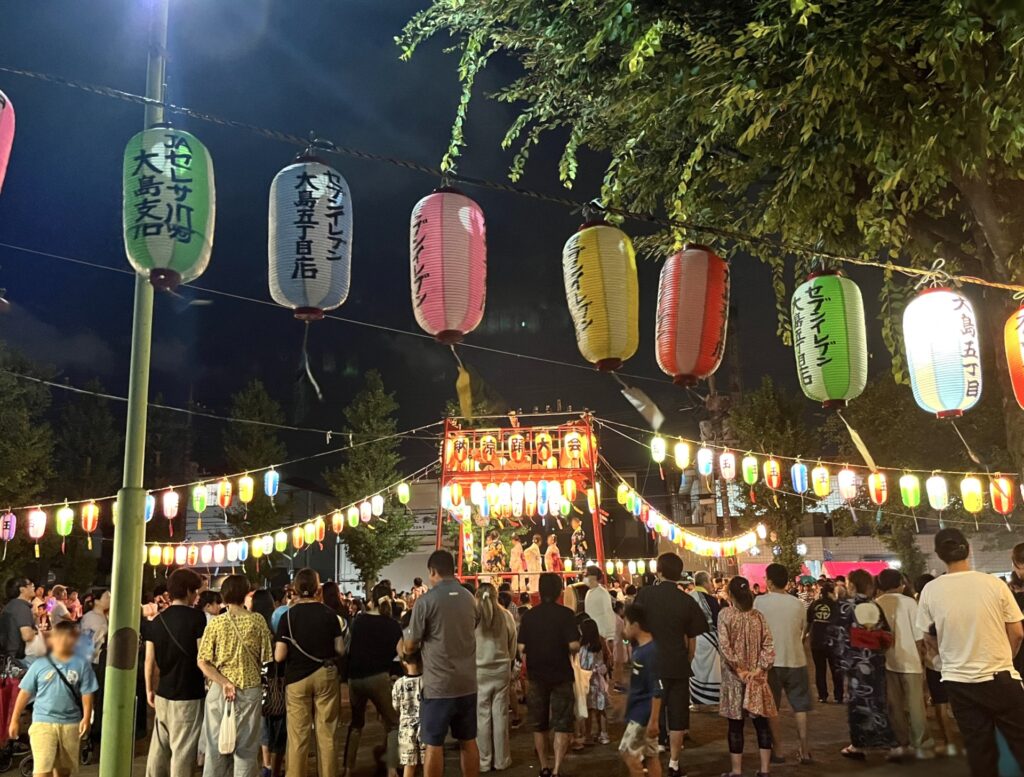
To close
Thank you very much for handling this article! We hope you enjoyed our articles.
However, this is not yet.
Our blog features a variety of articles organized into four categories.
They are the Edo era (traditional Japan) and Japanese food, Religions, and lifestyle.
If you are interested, please click on them or the front page of this blog!!
OK. Time to leave! See you for the next article coming soon!
